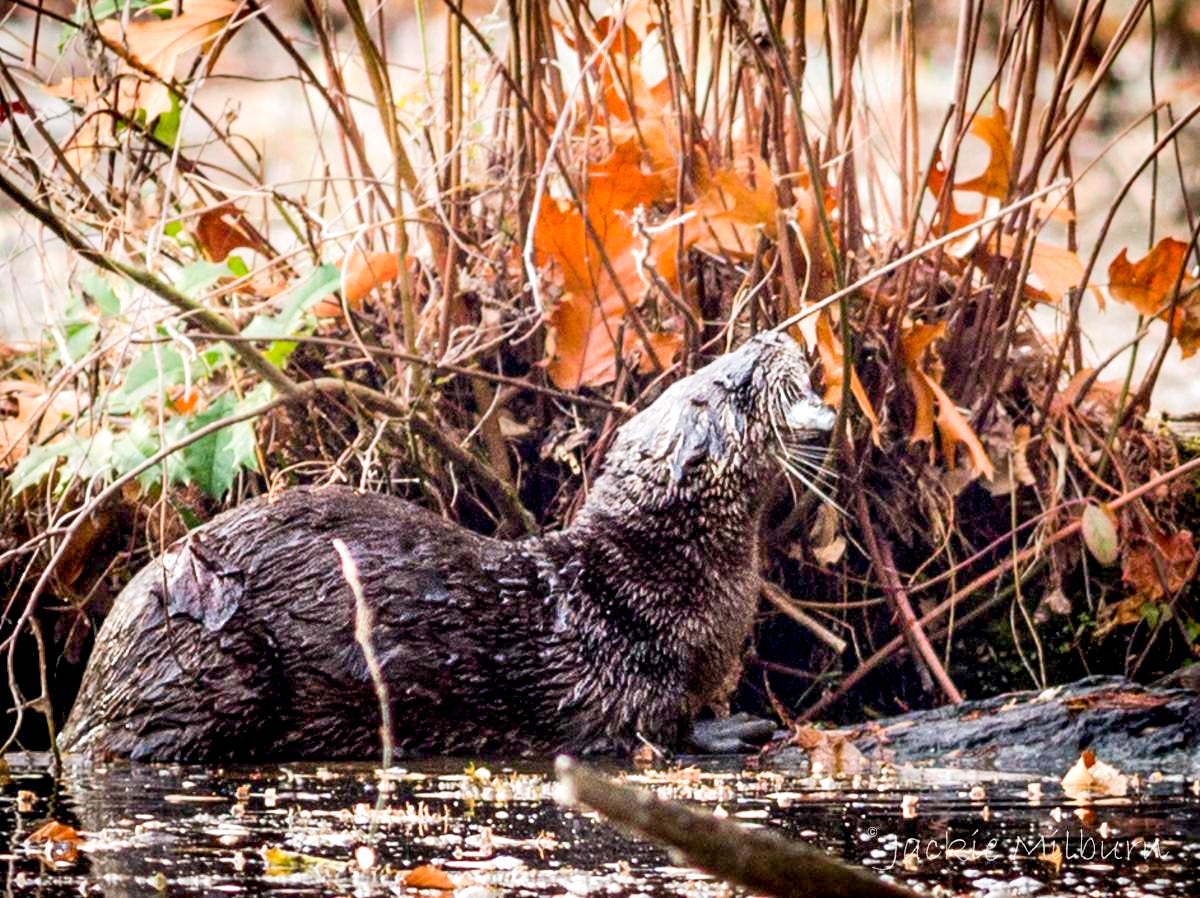Grays Creek named state scenic river
Published 3:16 pm Thursday, July 16, 2020
Grays Creek in Surry County is now part of Virginia’s Scenic Rivers Program.
The program identifies and protects waterways that have “outstanding scenic, recreational, historic and natural characteristics of statewide significance for future generations,” according to the Department of Conservation and Recreation.
Following a field evaluation of the waterway in October, Surry County’s Board of Supervisors passed a resolution in December supporting the scenic designation for Grays Creek. With General Assembly approval, the designation became official July 1.
“I was proud to carry legislation this year to designate Grays Creek in Surry County as one of the Commonwealth’s Scenic Rivers,” state Delegate Emily Brewer, whose 64th District includes Surry County, said via email. “The Scenic River designation will assist with the protection and conservation of Grays Creek so that its natural beauty will be enjoyed by future generations.”
Although the designation is focused more on recognition rather than regulation, seeking and receiving it shows “that the community cares about this resource and they want it taken care of in the future,” said Lynn Crump, DCR’s scenic resources coordinator.
One of the few regulatory caveats the program carries is that General Assembly approval is required for future dam construction on any section of river that has the designation. The designation also requires all state agencies to consider the visual, natural and recreational value of Grays Creek, and it gives waterfront landowners and the local government enhanced decision-making influence in state and federal projects that might affect the waterway.
“This program is not intended to limit development but to help development happen in a way that the qualities of the river are maintained or enhanced,” Crump said. “The biggest thing (the designation) shows is that communities care about their resources and allows the value of the resource to take a higher presence in local planning.”
Communities can choose to use the scenic designation to their advantage in various ways. Some use it to highlight the quality of life, while others promote eco-tourism.
Both Crump and Surry County Supervisor Tim Calhoun, whose district includes the creek, praised Kristi Hendricks with the Surry Garden Club for her work in leading and facilitating the state evaluation process to have the river recognized by the DCR.
“I’m thankful for Kristi and all the folks who put their time and effort in getting this creek designated. It’s just another positive attribute to the county of Surry,” Calhoun said. “I think it can bring tourism (to Surry) for those that enjoy that type of environment, for people that love to go out and paddle and see nature.”
In an April report, the DCR said six miles of Grays Creek from Southwark Road (Virginia Route 618) to the James River qualified for inclusion in the scenic river program due to its aesthetic and recreational qualities, unique plants and wildlife, and connection to “historical figures such as Chief Powhatan, Pocahontas, John Rolfe, and John Smith.” The river flows mostly through forested land and its path includes “outcrops, islands and freshwater tidal wetlands.”
Although coastal rivers lack whitewater rapids, “they have a completely different way of allowing a person to experience nature,” Crump said.
Away from Grays Creek’s wide confluence with the James River, “you’re on this meandering paddle through the high grasses and there’s some higher bluffs up there. There’s a lot of wildlife and apparently the fishing is quite good,” Crump said. “You feel really remote when you get in the upper section of it because you can’t see anybody and it’s nature all around you on such an intimate scale.”
Virginia’s Scenic Rivers program marked its 50th anniversary this year. Five other river segments were added in 2020 — the Clinch River in Tazewell and Russell counties; the James River in Albemarle, Buckingham and Fluvanna counties; the Maury River in Rockbridge County; the Pound River in Wise and Dickenson counties; and the Staunton River in Charlotte and Halifax counties.





